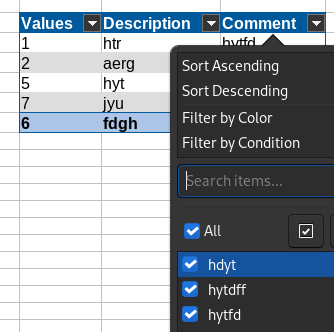

In some cases they look for generic virtual hw devices, in other cases things like available cpu flags or BIOS version.
There are ways to hide it though:
https://github.com/zhaodice/qemu-anti-detection
https://forum.proxmox.com/threads/how-do-i-hide-the-fact-to-windows-that-it-runs-in-a-vm.115627/




They say nothing about their distro having no upstream. If they make a distro based of Debian/Arch/Fedora I don’t see that as dismissing their efforts anymore than Nobara/SteamOS/Ubuntu/Mint does.
I rather they enforce their requirements on their own spin then try to force existing distros to implement said reqs. They should obviously donate to the foss community when using the technology the community maintain though!